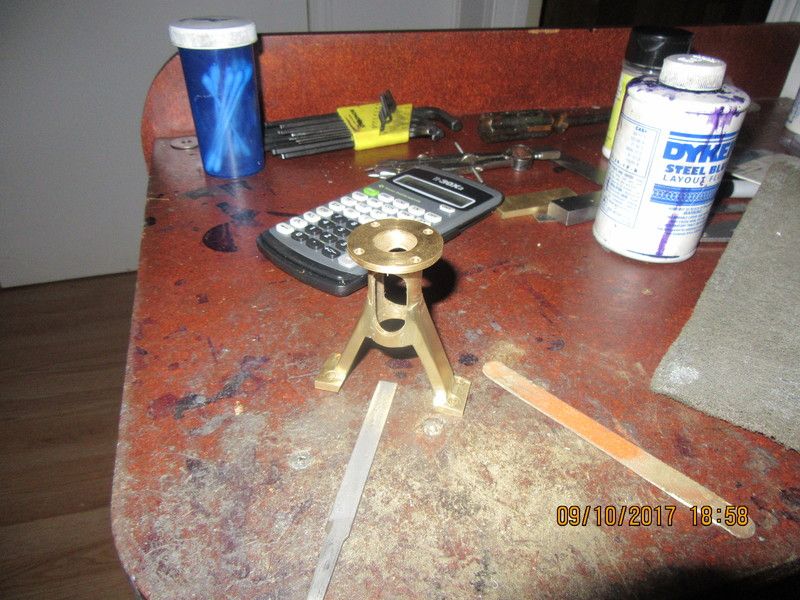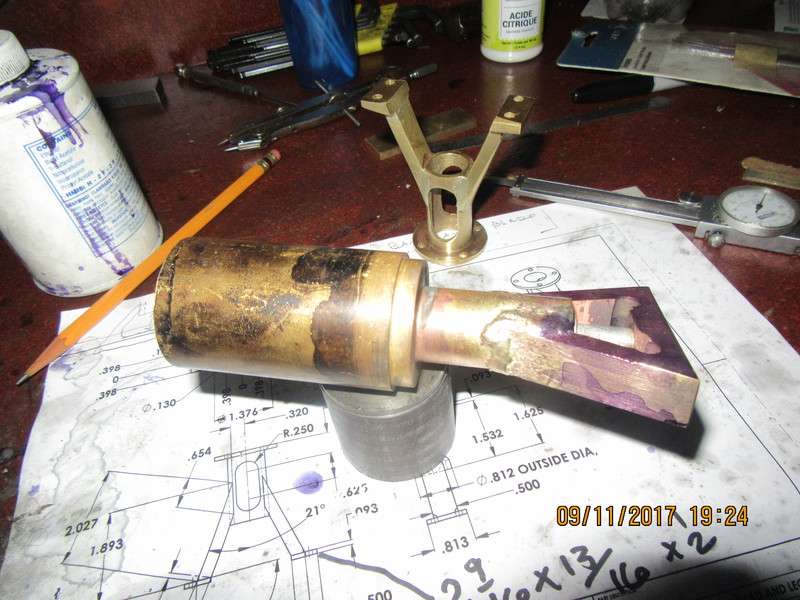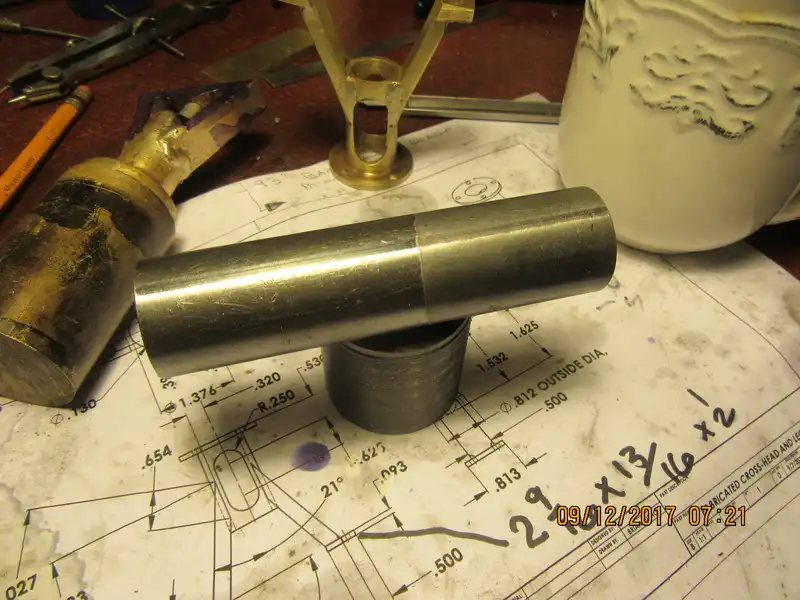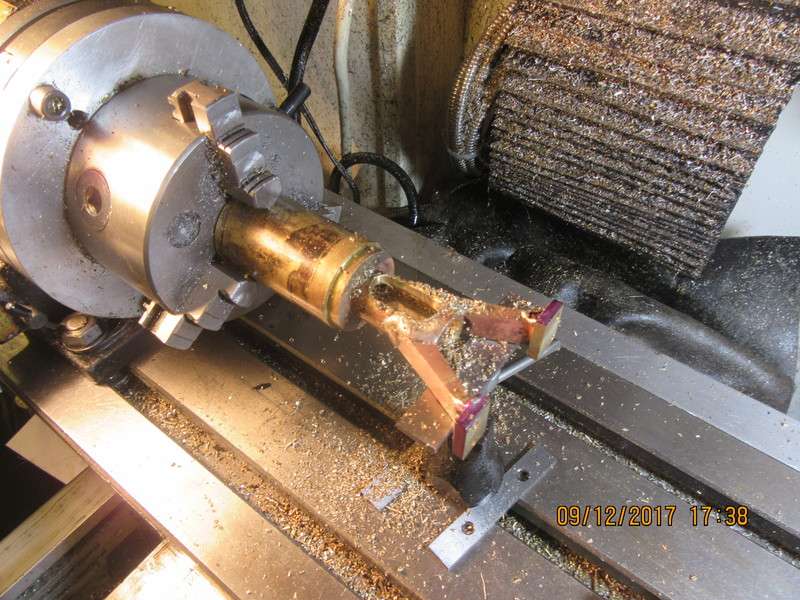pickleford75
Active Member
- Joined
- Oct 4, 2015
- Messages
- 40
- Reaction score
- 47
I've used citric acid on all of my soldered parts with great success.... cheap to buy and very safe to use.... just need to be a bit more patient.




![DreamPlan Home Design and Landscaping Software Free for Windows [PC Download]](https://m.media-amazon.com/images/I/51kvZH2dVLL._SL500_.jpg)








but too large to post here, PM email if you want a copy,
Cheers
Andrew